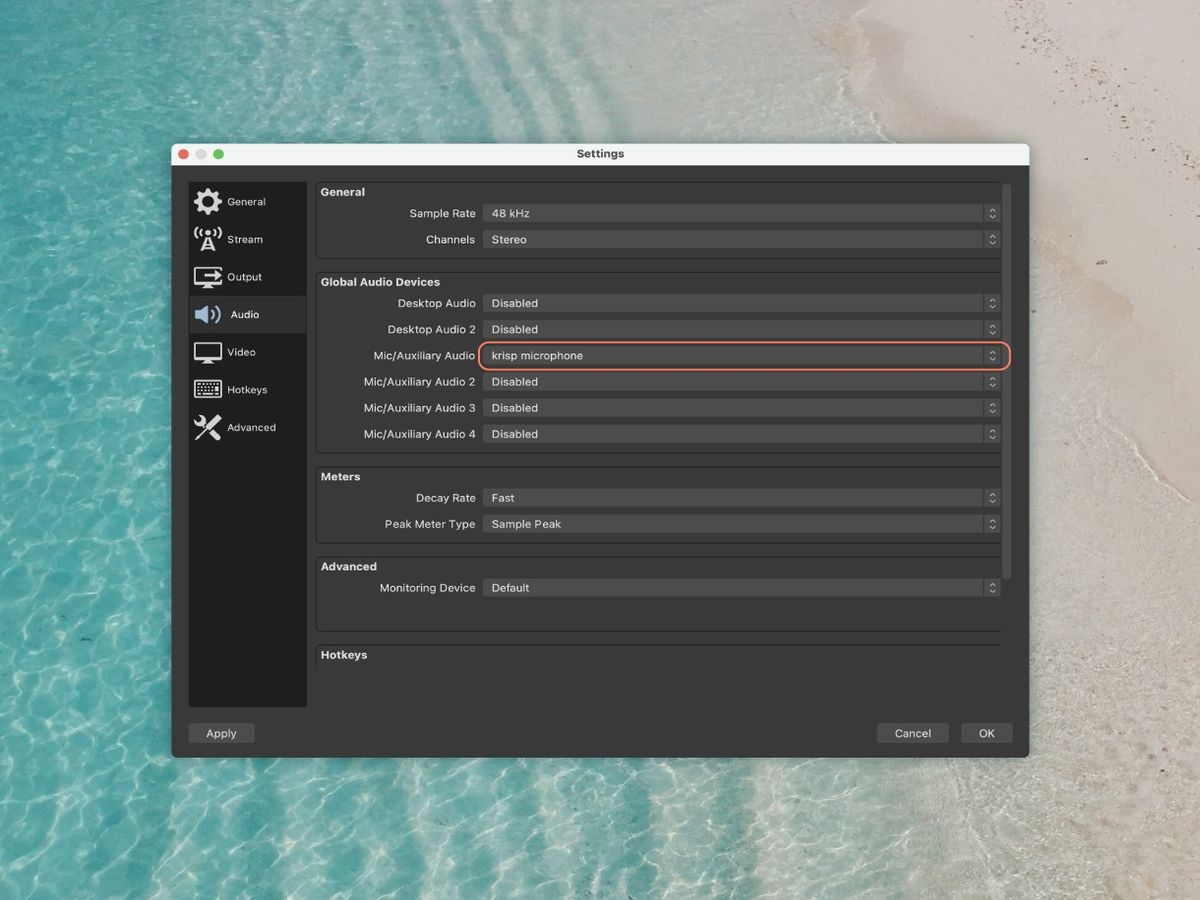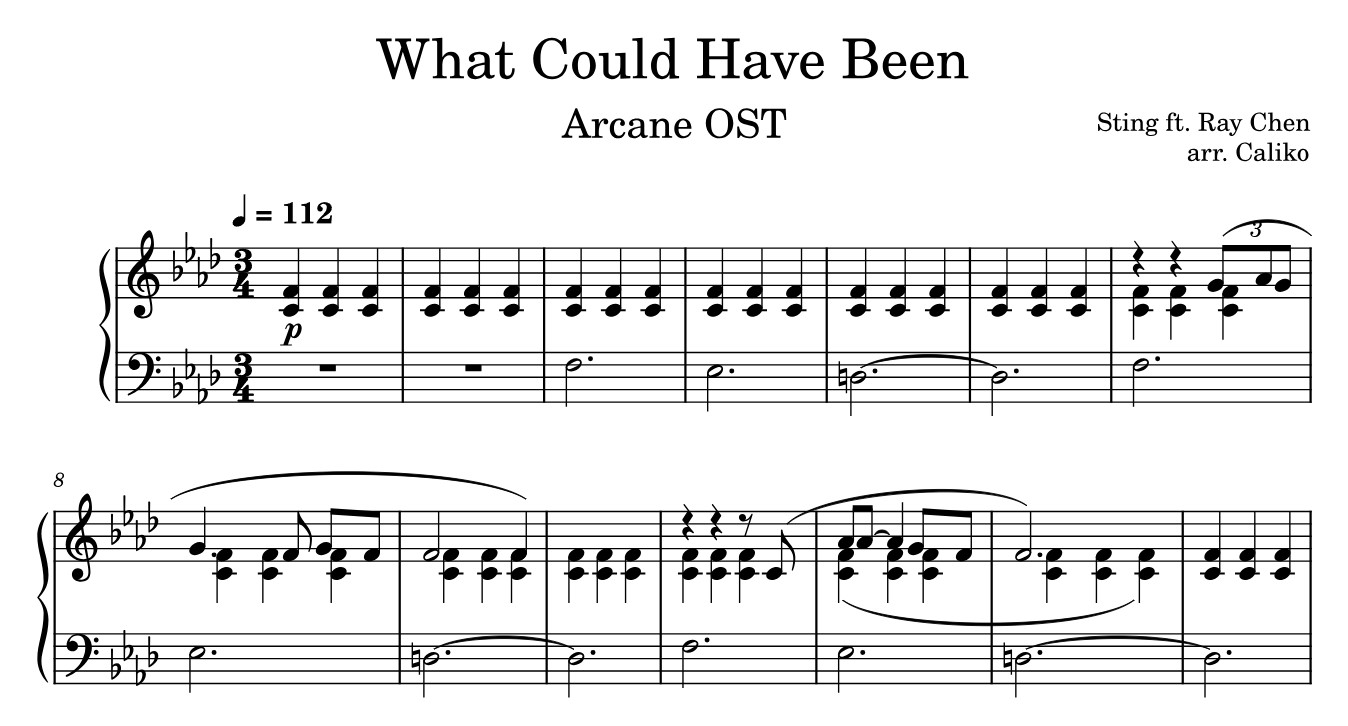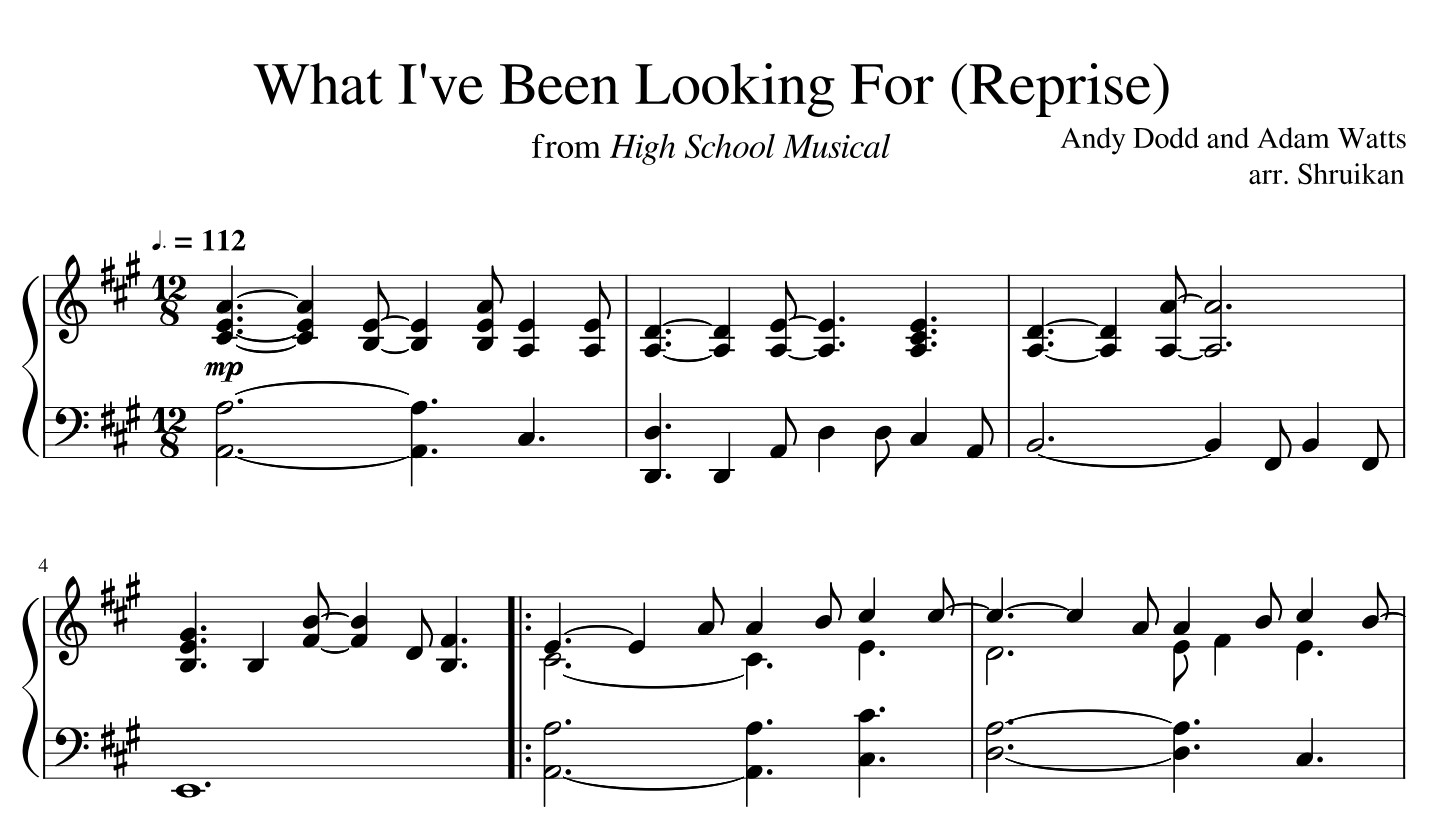Home>Production & Technology>Digital>How Has Digital Rights Management Been Applied To Music


Digital
How Has Digital Rights Management Been Applied To Music
Published: March 9, 2024
Learn how digital rights management has revolutionized the music industry and its impact on artists and consumers. Explore the application of DRM in the digital music landscape.
(Many of the links in this article redirect to a specific reviewed product. Your purchase of these products through affiliate links helps to generate commission for AudioLover.com, at no extra cost. Learn more)
Table of Contents
Introduction
Digital Rights Management (DRM) has revolutionized the way music is distributed, consumed, and protected in the digital age. It encompasses a set of technologies and protocols designed to safeguard the intellectual property rights of content creators, particularly in the realm of music. By employing encryption, access controls, and usage restrictions, DRM aims to prevent unauthorized duplication, distribution, and consumption of digital content.
The advent of the internet and digital media brought about a paradigm shift in the music industry. With the proliferation of online platforms and peer-to-peer networks, music piracy became rampant, posing a significant threat to the livelihood of artists and record labels. In response to this challenge, DRM emerged as a crucial tool for safeguarding the rights of musicians and copyright holders.
As technology continues to evolve, the methods of consuming music have diversified, with streaming services, digital downloads, and online radio becoming the norm. This shift has necessitated the implementation of robust DRM solutions to protect the intellectual property of musicians and ensure fair compensation for their creative endeavors.
In this article, we will delve into the history of DRM in the music industry, explore its implementation across various digital platforms, examine the challenges and controversies surrounding its use, and contemplate the future of DRM in the ever-evolving landscape of music distribution and consumption. Through this exploration, we aim to gain a comprehensive understanding of the impact of DRM on the music industry and the broader implications for content creators and consumers alike.
History of Digital Rights Management in Music
The history of Digital Rights Management (DRM) in the music industry is intricately woven into the evolution of digital technology and its profound impact on music distribution and consumption. The advent of the internet and the subsequent rise of digital media presented both unprecedented opportunities and formidable challenges for musicians and copyright holders. As music transitioned from physical formats to digital files, the need to protect intellectual property rights became increasingly urgent.
In the late 1990s and early 2000s, the music industry witnessed a surge in online piracy facilitated by peer-to-peer file-sharing networks such as Napster. This phenomenon posed a dire threat to the traditional business model of record labels and artists, as copyrighted music was being freely exchanged without authorization or compensation. In response to this seismic shift, DRM emerged as a pivotal strategy for safeguarding the rights of content creators and combating rampant piracy.
The early implementations of DRM in music involved the encryption of digital audio files to restrict unauthorized duplication and distribution. This approach aimed to control access to music content and limit the ability of users to share or reproduce copyrighted material without proper authorization. As a result, digital music files were embedded with usage restrictions, such as limitations on the number of devices on which the content could be played or the number of times a song could be copied.
Major record labels and online music stores began incorporating DRM into their digital music offerings, seeking to strike a balance between enabling convenient access for consumers and protecting the interests of copyright holders. However, the imposition of restrictive DRM measures often led to consumer dissatisfaction and backlash, as users found themselves constrained by cumbersome usage limitations and compatibility issues across different devices and platforms.
The evolution of DRM in music also saw the emergence of proprietary digital rights management systems, each with its own set of protocols and encryption methods. This fragmented landscape further complicated the user experience and raised concerns about interoperability and consumer rights. Additionally, the proliferation of unauthorized circumvention tools and the prevalence of DRM-free alternatives, such as Apple's decision to remove DRM from its iTunes music catalog, underscored the limitations and challenges associated with traditional DRM approaches.
Despite the initial promise of DRM as a means to protect music copyrights and preserve the economic value of digital content, its history has been marked by a complex interplay of technological innovation, consumer behavior, and legal considerations. The trajectory of DRM in the music industry reflects a dynamic struggle to adapt to the digital paradigm while addressing the diverse needs and expectations of artists, consumers, and industry stakeholders.
Implementation of Digital Rights Management in Music Industry
The implementation of Digital Rights Management (DRM) in the music industry has been a multifaceted endeavor, shaped by technological advancements, market dynamics, and the evolving relationship between content creators and consumers. DRM technologies have been integrated into various facets of music distribution and consumption, aiming to mitigate piracy, protect intellectual property, and ensure fair compensation for artists and copyright holders.
One of the primary applications of DRM in the music industry is through digital music stores and streaming platforms. These platforms utilize DRM to encrypt music files and apply usage restrictions, thereby controlling access to the content and preventing unauthorized distribution. By implementing DRM, music providers can regulate the number of devices on which a song can be played, limit the number of times a track can be copied, and enforce geographical restrictions, aligning with licensing agreements and copyright laws.
Moreover, DRM plays a pivotal role in facilitating secure digital music downloads and streaming, offering a layer of protection against unauthorized access and distribution. This has been instrumental in fostering a sustainable digital music ecosystem, where artists and record labels can confidently distribute their work while safeguarding their rights in the digital realm.
Additionally, DRM has been integrated into digital rights management platforms utilized by music rights organizations and licensing bodies. These platforms enable the tracking and management of music rights, ensuring that artists receive fair compensation for the use of their music across various channels. By leveraging DRM, these platforms can enforce licensing agreements, monitor usage, and facilitate transparent royalty distribution, thereby fortifying the economic framework supporting music creation and distribution.
Furthermore, the advent of blockchain technology has introduced innovative DRM solutions in the music industry. Blockchain-based DRM systems offer decentralized and immutable record-keeping, allowing for transparent and tamper-proof management of music rights and royalties. This decentralized approach has the potential to streamline rights management, reduce intermediaries, and enhance transparency, thereby addressing longstanding challenges in the music industry related to rights ownership and royalty distribution.
In essence, the implementation of DRM in the music industry spans a spectrum of applications, encompassing digital music platforms, rights management systems, and emerging blockchain solutions. While DRM has been instrumental in fortifying the protection of music copyrights and fostering a sustainable digital music ecosystem, its implementation has also sparked debates regarding consumer rights, interoperability, and the balance between protection and user experience. As the music industry continues to navigate the digital landscape, the implementation of DRM remains a dynamic and evolving domain, influenced by technological innovation, market trends, and the quest for a harmonious equilibrium between content protection and consumer empowerment.
Challenges and Controversies Surrounding Digital Rights Management in Music
The implementation of Digital Rights Management (DRM) in the music industry has been accompanied by a myriad of challenges and controversies, reflecting the complex interplay of technological, legal, and consumer-oriented considerations. One of the foremost challenges pertains to the balance between content protection and user experience. Traditional DRM measures, characterized by usage restrictions and encryption, have often led to consumer dissatisfaction due to compatibility issues, cumbersome access controls, and limitations on the interoperability of music files across different devices and platforms. This tension between content protection and user empowerment has underscored the need for DRM solutions that prioritize both copyright security and seamless user engagement.
Moreover, the proliferation of unauthorized circumvention tools and the prevalence of DRM-free alternatives have posed significant challenges to the efficacy of traditional DRM approaches. Consumers have sought out DRM-free music options, driven by a desire for greater flexibility in accessing and utilizing digital music content. This trend has raised questions about the sustainability of DRM as a means of combating piracy and protecting music copyrights, prompting industry stakeholders to reevaluate the efficacy and consumer appeal of DRM-infused music offerings.
Another contentious issue surrounding DRM in music revolves around consumer rights and fair use. Critics argue that stringent DRM measures can impede legitimate consumer activities, such as creating personal backups of music files or transferring content between devices for personal use. The imposition of rigid usage restrictions has sparked debates about the extent to which DRM should limit the rights of consumers in their interactions with digital music content, igniting discussions about the intersection of copyright protection and user freedoms.
Furthermore, the fragmented landscape of proprietary DRM systems has contributed to interoperability challenges and user confusion. With different digital music platforms employing distinct DRM protocols, consumers have encountered barriers in accessing and utilizing music content across diverse devices and services. This lack of uniformity has raised concerns about the user experience and the seamless integration of DRM-protected music into the evolving digital ecosystem.
Additionally, the legal and regulatory dimensions of DRM in music have engendered controversies, particularly regarding the enforcement of DRM-related provisions and the implications for copyright law. The intersection of DRM, intellectual property rights, and consumer protection laws has prompted discussions about the balance between safeguarding music copyrights and ensuring equitable access to digital content.
In essence, the challenges and controversies surrounding DRM in the music industry reflect a dynamic landscape shaped by the convergence of technological innovation, consumer expectations, and legal considerations. As the music industry continues to grapple with these multifaceted issues, the quest for a harmonious equilibrium between content protection, consumer rights, and technological advancement remains a pivotal endeavor, driving the evolution of DRM in the digital music domain.
Future of Digital Rights Management in Music
The future of Digital Rights Management (DRM) in the music industry is poised to unfold amidst a landscape shaped by technological innovation, shifting consumer behaviors, and the quest for a balanced approach to content protection and user empowerment. As the music industry continues to navigate the digital realm, several key trends and developments are set to influence the trajectory of DRM in the domain of music distribution and consumption.
One of the pivotal factors shaping the future of DRM in music is the evolution of streaming platforms and the dynamics of music consumption. With the proliferation of on-demand streaming services and the increasing prevalence of subscription-based models, DRM is expected to play a crucial role in safeguarding the rights of artists and record labels while ensuring secure and controlled access to music content. As streaming continues to dominate the music consumption landscape, DRM solutions will need to adapt to the nuances of streaming technologies, addressing challenges related to content protection, licensing agreements, and the seamless delivery of music across diverse platforms and devices.
Furthermore, the emergence of blockchain technology holds significant promise for revolutionizing DRM in the music industry. Blockchain-based DRM solutions offer decentralized and transparent mechanisms for managing music rights and royalties, potentially streamlining the complexities associated with rights management and royalty distribution. By leveraging blockchain, DRM in music can transcend traditional barriers, fostering greater transparency, efficiency, and trust in the management of music copyrights and royalties.
Moreover, the future of DRM in music is likely to witness a continued emphasis on user-centric approaches that prioritize both content protection and consumer empowerment. DRM solutions will need to strike a delicate balance, offering robust safeguards for music copyrights while ensuring a seamless and intuitive user experience. This entails exploring innovative DRM frameworks that align with evolving consumer expectations, enabling flexible access to music content while upholding the integrity of intellectual property rights.
Additionally, the regulatory landscape surrounding DRM in music is expected to undergo scrutiny and evolution, as policymakers and industry stakeholders grapple with the complexities of copyright law, consumer rights, and technological advancements. The future of DRM will be influenced by ongoing dialogues about the intersection of content protection, fair use, and the rights of consumers, shaping the contours of DRM frameworks and their implications for the music industry.
In essence, the future of DRM in the music industry is characterized by a confluence of technological innovation, consumer-centric paradigms, and regulatory considerations. As the music ecosystem continues to evolve, DRM will remain a pivotal domain, adapting to the dynamics of digital music consumption and the imperatives of content protection, thereby shaping the future landscape of music distribution and rights management.











